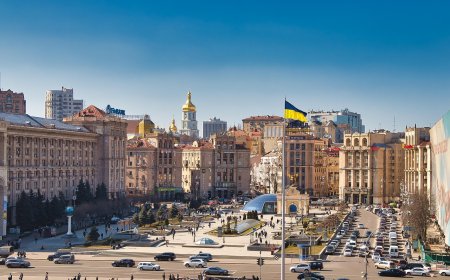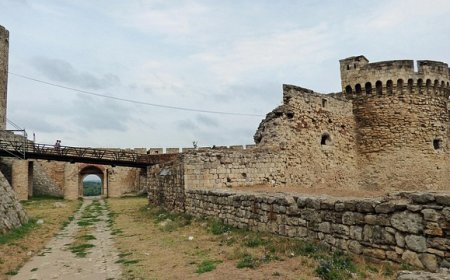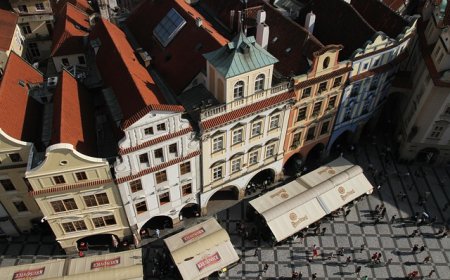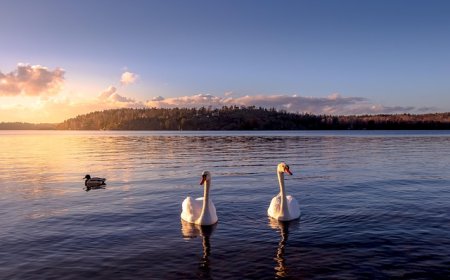Kosovo Geography, Culture, and History of Europe’s Newest Nation
Explore the story of Kosovo—its geography, history, people, and modern challenges—in this clear and educational article for students.
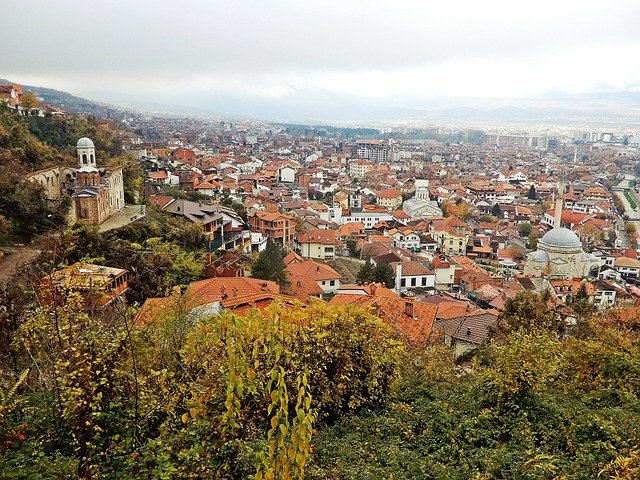
🇽🇰 Kosovo: A Young Country with Deep Roots and a Hopeful Future
🗺 Introduction
Kosovo is a small but important country in the heart of the Balkans. Although it is one of the newest countries in the world, it has a history that stretches back thousands of years. Today, Kosovo is a place where people work hard to build a peaceful future after years of conflict.
With its mountains, valleys, and rivers, Kosovo is a land of natural beauty and rich traditions. Its capital, Pristina, is a city full of young energy and historical landmarks. Despite facing challenges, Kosovo is a proud nation finding its place in the world.
🌍 Geography and Location
Kosovo is a landlocked country in Southeastern Europe. It shares borders with Serbia, Montenegro, Albania, and North Macedonia. Though small, its landscapes vary from mountainous regions to fertile valleys and river plains.
One of its most famous natural areas is the Šar Mountains in the south, known for skiing, hiking, and rare wildlife. The Drini River and Ibar River provide water for farms and cities, while forests cover large parts of the country.
Kosovo has a continental climate, meaning it experiences warm summers and cold winters, especially in the mountains.
🏙 Cities and Regions
The capital and largest city of Kosovo is Pristina. It is a growing city filled with cafés, museums, schools, and government offices. Important places in Pristina include the Newborn Monument, a symbol of Kosovo’s independence, and the National Library, known for its unusual architecture.
Other major cities include:
- Peja – close to the Rugova Mountains and famous for its old bazaar and monasteries
- Prizren – a charming historic town with a castle, mosques, and churches
- Gjakova – known for its traditional crafts and Ottoman-style buildings
- Mitrovica – a divided city with both Albanian and Serbian communities
Each city shows Kosovo’s diversity and the way its people are working together toward a peaceful future.
👨👩👧👦 People, Language, and Culture
Kosovo has a population of around 1.8 million people. The largest ethnic group is Albanians, but there are also Serbs, Bosniaks, Turks, Roma, and others. The country is proud of its multicultural communities, although living together peacefully hasn’t always been easy.
The official languages are Albanian and Serbian, and Turkish, Bosnian, and Romani are used in certain areas. Most Albanians are Muslim, while most Serbs are Orthodox Christian.
Kosovo’s culture is full of music, dancing, storytelling, and art. Folk dances, such as the valle, are performed at weddings and festivals. Traditional clothing often features colorful embroidery, and music includes both modern pop and age-old instruments like the çifteli, a two-stringed lute.
🍽 Food and Traditions
Kosovar food reflects both Balkan and Mediterranean influences. Meals often include meat, fresh vegetables, dairy products, and homemade bread. Families take pride in cooking, and hospitality is a big part of the culture.
Popular Kosovar dishes include:
- Flija – thin layers of dough cooked with cream and butter over a fire
- Pite – a pastry filled with cheese, spinach, or meat
- Tavë kosi – baked lamb in yogurt sauce
- Sarma – cabbage rolls filled with rice and minced meat
- Baklava – a sweet dessert with nuts and honey syrup
Kosovars celebrate holidays such as Independence Day (February 17), Bajram (Eid), Christmas, and New Year’s Day, depending on their faith. These days are often filled with family gatherings, music, and delicious food.
🏛 History of Kosovo
Kosovo has a long and complex history. In ancient times, it was part of the Roman and Byzantine Empires. Later, it became an important region for the medieval Serbian kingdom and the site of the famous Battle of Kosovo in 1389, a key moment in Balkan history.
For centuries, Kosovo was ruled by the Ottoman Empire. In the 20th century, it became part of Yugoslavia, but tensions grew between ethnic groups. After the breakup of Yugoslavia, a conflict broke out in the late 1990s between Kosovo Albanians and the Serbian government.
In 1999, after a NATO intervention, Kosovo was placed under United Nations protection. In 2008, Kosovo declared independence from Serbia. Today, over 100 countries recognize Kosovo as independent, though Serbia and some others do not.
Kosovo is working hard to become a member of international organizations and to build a peaceful, democratic future.
🌿 Nature and Environment
Kosovo is rich in natural beauty, with mountains, rivers, lakes, and forests. The Rugova Canyon, near Peja, is one of the most stunning natural sites, with towering cliffs and scenic trails. The Šar Mountains National Park is home to rare animals like lynx, bears, and eagles.
Environmental education is growing in Kosovo. Schools and local groups are teaching children and communities how to recycle, protect forests, and clean up rivers. Outdoor activities such as hiking, skiing, and birdwatching are becoming more popular, helping people connect with nature.
📚 Vocabulary List
| Word | Definition |
|---|---|
| Balkans | A region in southeastern Europe that includes Kosovo and its neighbors |
| Flija | A traditional layered dish cooked slowly over a fire |
| Pristina | The capital and largest city of Kosovo |
| Valle | A traditional Albanian folk dance |
| Çifteli | A two-stringed instrument used in Kosovar and Albanian music |
| Battle of Kosovo | A 1389 battle between Serbian forces and the Ottoman Empire |
| Landlocked | A country with no coastline or access to the sea |
| Independence Day | Kosovo’s national holiday, celebrated on February 17 |
👧🧒 Kid-Friendly Summary
Kosovo is a small country in Europe that became independent in 2008. Its capital is Pristina, a city full of new buildings and young people. Most people speak Albanian, and they love music, dancing, and tasty food like flija and pite.
Kosovo has tall mountains, green forests, and fast rivers where people go hiking and skiing. It had a hard past, but today the people of Kosovo are working to build a peaceful and strong country where everyone feels welcome.
🧠 Interactive Quiz: What Do You Know About Kosovo?
1. What is the capital of Kosovo?
A) Skopje
B) Prizren
C) Peja
D) Pristina
2. What language is officially spoken in Kosovo?
A) Greek
B) Albanian and Serbian
C) Croatian
D) Russian
3. What is flija?
A) A type of bread
B) A mountain pass
C) A layered dish cooked with cream and butter
D) A kind of dance
4. What musical instrument is common in Kosovo?
A) Violin
B) Çifteli
C) Harmonica
D) Gong
5. What natural feature is found in Kosovo?
A) Coral reefs
B) Rainforests
C) Rugova Canyon
D) Deserts
6. When did Kosovo declare independence?
A) 1991
B) 2000
C) 2008
D) 2015
7. What is the valle?
A) A type of cheese
B) A mountain in Kosovo
C) A traditional dance
D) A government office
8. Which empire ruled Kosovo for centuries?
A) Roman
B) Ottoman
C) Mongol
D) Greek


















































